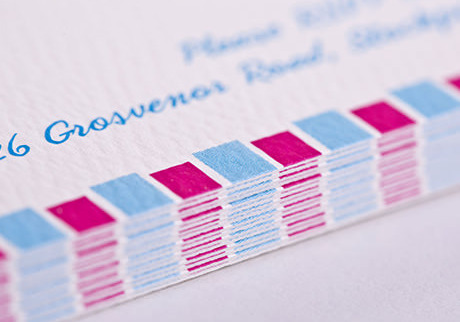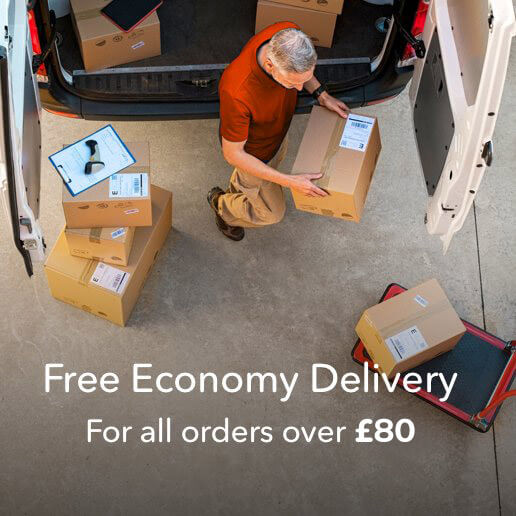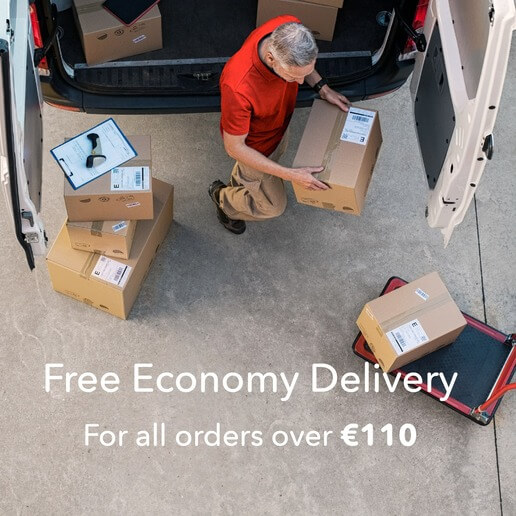A Guide to Paper Weights for Print Brochures « Back to list
When it comes to deciding on your print brochures the type and weight of paper can often be one of the last things you decide on. Getting your design right and filling it with content and images is often the first thing you will sort out.
Next up you may decide on the size of the brochure (A4, A5 or DL), how many pages it is to have (4, 8, 16, 32, etc…), how many hundreds or thousands you need to be printed and what sort of budget you have to work with (if you hadn’t already decided on this at the start).
After all, this is done, you might actually start to think of the printing of your brochure. Before you start thinking of this however, there are a number of things you need to consider:
• How will it be stitched together?
• What type of paper do you want to print on?
• What weight of paper do you want to use?
• Will you decide to coat the paper or leave it uncoated?

These elements can often be forgotten about but deciding on the paper you wish to print on is of huge importance when it comes to completing the printing of your brochure.
The weight of the paper will be the main factor in determining the final weight of your brochure and this could impact on the delivery cost if you have decided on doing a direct mail campaign. The thicker a sheet of paper is then the heavier it tends to be (unless it has been coated).
Deciding on the type of paper to use within your brochure will impact both on the cost and quality of your brochure and this is something you need to consider.
The quality of the paper used to print your brochure will often provide the first impression for your customer. Before they even turn the cover page they may make a decision based on the perceived quality of your chosen paper. The lighter your paper is, the more likely it is to tear or get damaged when damp.
You also need to remember the colour of text and images when it comes to deciding on the paper for your print brochures. Bright colours and bold heavy text tend to have a tendency to be seen on two sides of a page, especially if the page is light, thin and poor quality.
You don’t want to go to the trouble of spending a lot of time and money in designing your brochure only to print it on really light, thin paper. Deciding on the right paper weight for your brochure is important and it can also add some value to what it is you are offering if you opt for a nice coated finish.

Below is a guide to different paper weights for you to consider when printing.
Paper weight is measured in grams per square metre (gsm). In general, the higher the gsm rating, the heavier and thicker the paper will be.
• 80 – 100gsm: This is the general weight of standard office paper and would rarely be used in brochures.
• 110 – 120gsm: This weight is usually used with stationary paper for things such as letterheads and compliment slips.
• 130 – 170gsm: Heavier, more durable paper usually used for posters, leaflets, flyers and pages inside your brochure.
• 170 – 200gsm: This is the midway point between paper and card. It can be used for brochure covers and is great when used for more luxurious posters or quality double sided flyers.
• 200 – 250gsm: This paper weight is the starting point of heavier card (board) and can add a quality finish to a brochure if used as a cover.
• 300 – 400gsm: Anything over 300gsm falls into the board category and this is usually the weight at which business card’s start. Board can be used as a cover for brochures but it’s important to remember the stitching and folding implications of using a heavy board as a cover.
• 400gsm and above: Some luxury business cards are printed on weights up to 1200gsm. Business cards would be considered thick and very good quality at above 400gsm.
When it comes to finalising the requirements of your next brochure, be sure to consider the weight of paper on the inside and also your cover requirements. If you want to provide a quality professional finish then opting for heavier paper is your best choice. If you are looking to get across the idea of discounts and value for money then you may decide to run with a lighter paper weight throughout the brochure.
Customers like to use their senses when deciding on purchases and the sense of touch can often influence their decision. Make sure when your customer lifts your brochure that they aren’t let down by the type and weight of paper that you decided to go with.
For that added bit of quality, you may decide to laminate all your pages or just your cover page. Lamination can be matt or gloss. In some instances, you may decide to go with a more luxurious paper to enhance your brochure. View our range of luxury papers that can help give your brochure incredible results.
For more information on the best paper type to use with your next brochure contact the Digital Printing team today.


